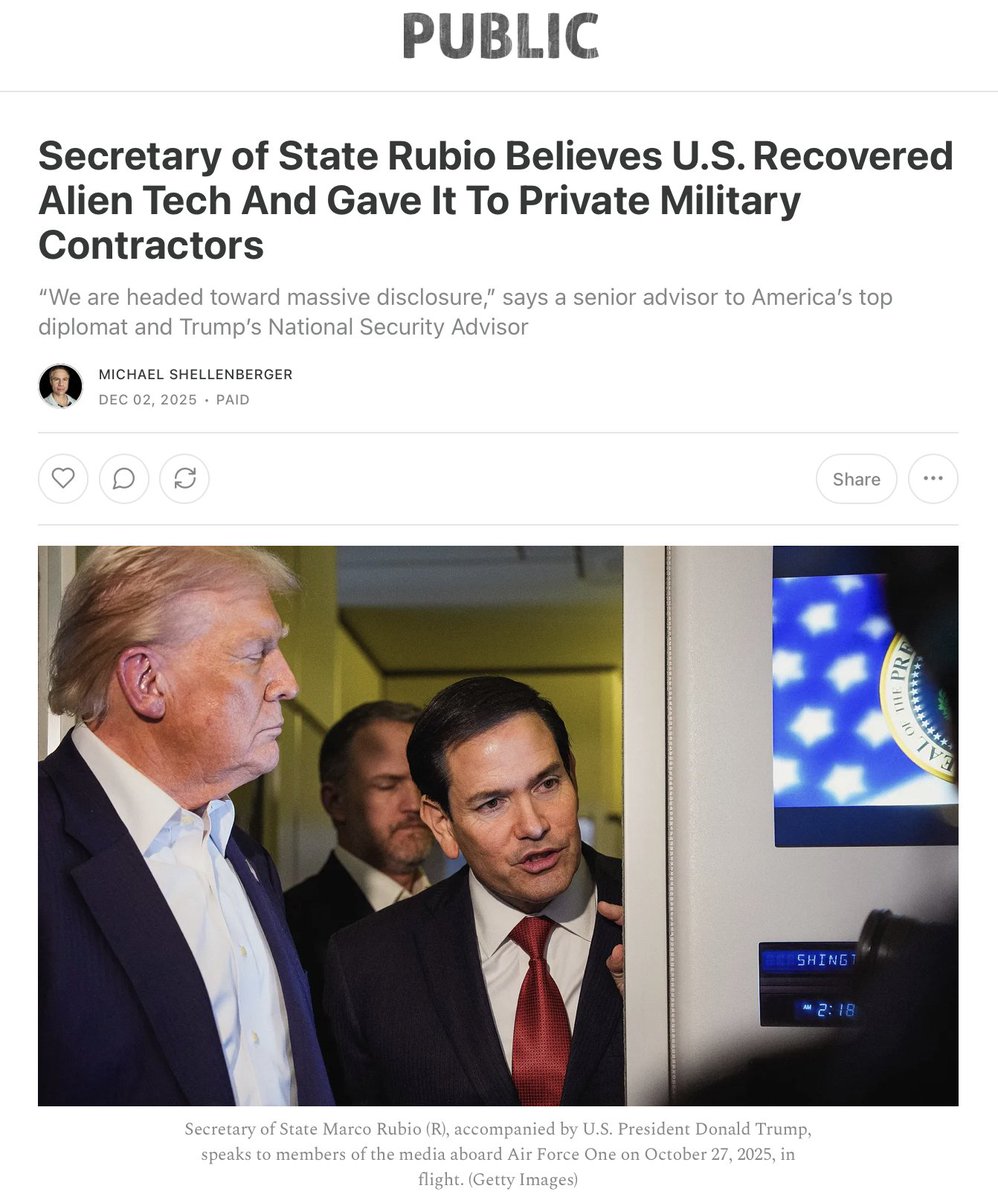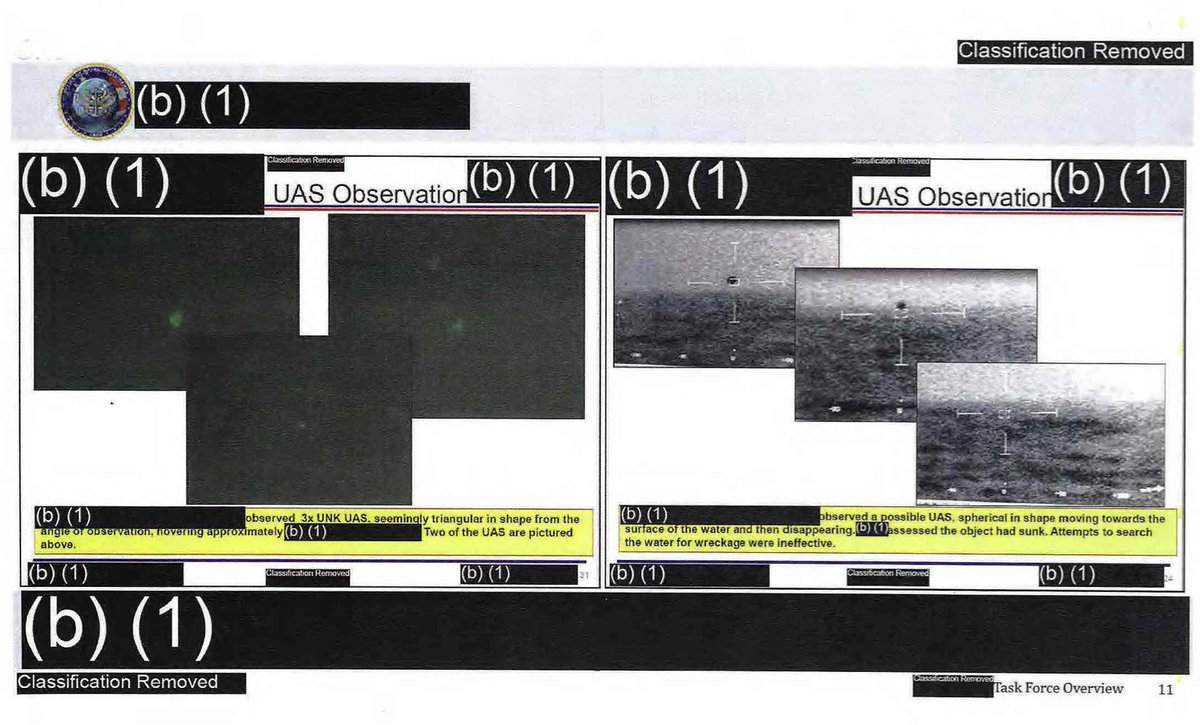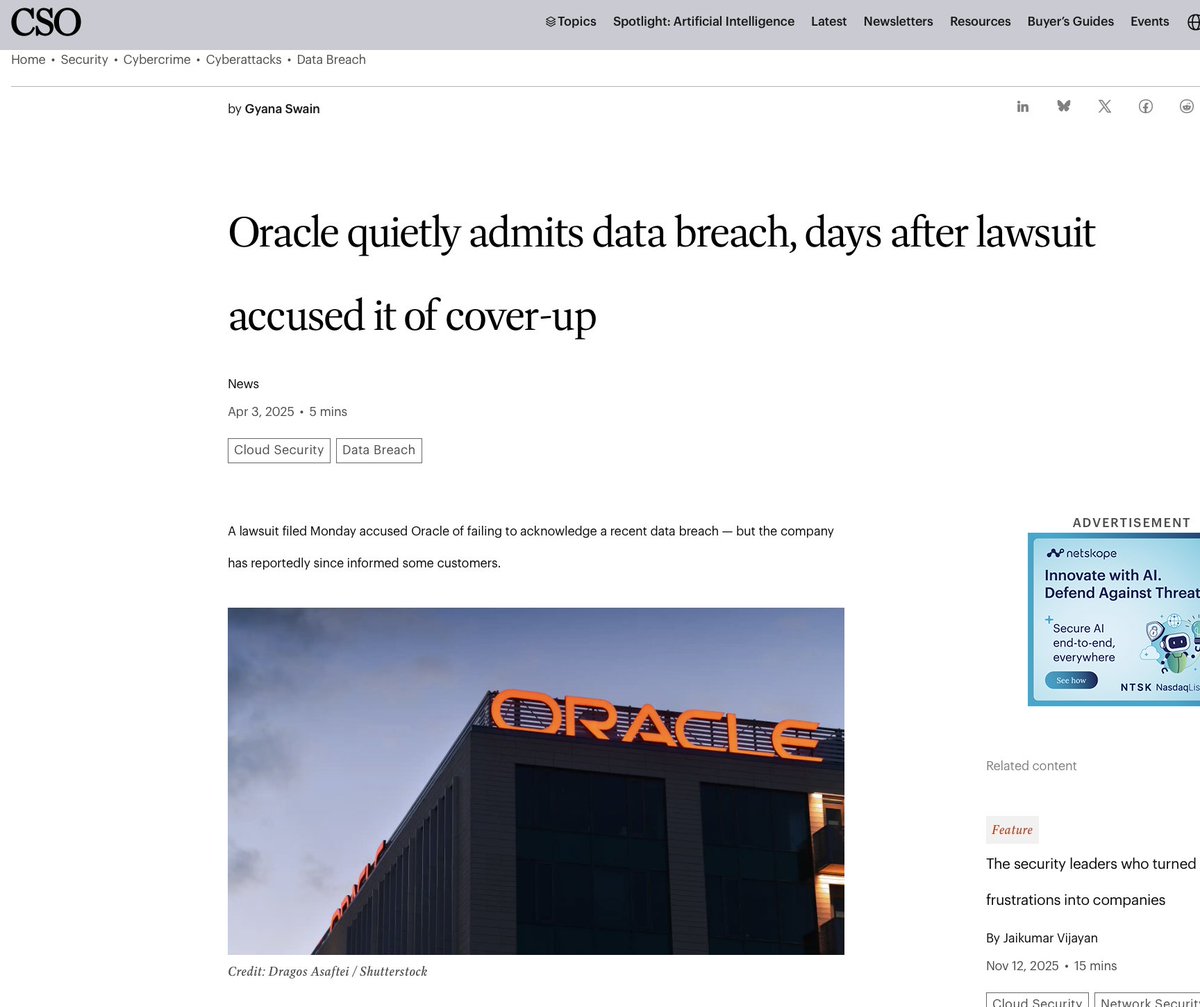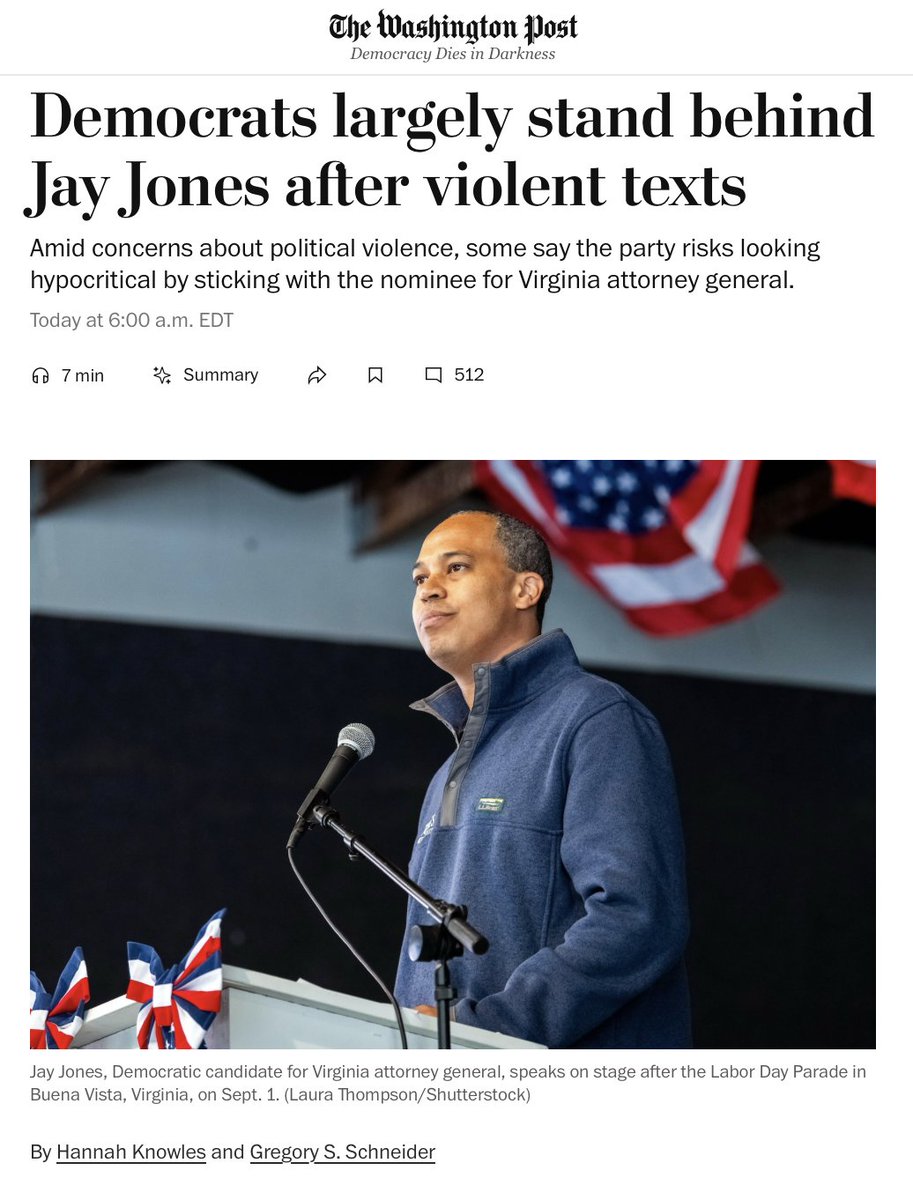San Francisco Mayor @LondonBreed said the solution to open drug use was a "supervised drug consumption site" in a new "Linkage Center" downtown.
But when I visited on Friday, I discovered hundreds of addicts & dealers partying & using drugs next to it


But when I visited on Friday, I discovered hundreds of addicts & dealers partying & using drugs next to it



And it wasn't just during the night. I also visited during the afternoon. The sidewalk between the "supervised drug consumption site" and the elevator for disabled people to get to BART was so thick with addicts smoking fentanyl and meth, I could barely walk by 

"Supervised drug consumption sites" around the world attract addicts. Many don't bother going inside, and just use their drugs outside of it. The dealers follow
The only change I noticed this visit were the new green signs preventing people from taking photos of the drug use 😏
The only change I noticed this visit were the new green signs preventing people from taking photos of the drug use 😏
San Francisco's open drug scene has taken over the city's once vibrant theater district. You can see the Tony-winning @ACTSanFrancisco across the street. Would you like to take your family to see "Oklahoma!" in San Francisco? 



According to "advocates for the homeless," these men are passed out because they can't afford the rent. It has nothing to do with the fentanyl they smoked or the fact that SF allows this because "homeless advocates" demand that laws not be enforced. 

Everything San Francisco's progressive rulers say about homelessness is a lie. They are destroying human dignity in the name of saving it. They are killing addicts & the mentally ill in the name of saving them. They ruined our greatest city in the name of restoring it. 

I returned to SF on Friday to search for Korey. He wasn't in the hellscape called Laskie Street. A man told me he had moved to Minna St., where the 16 year-old girl just died.
This is Minna. The mural reads, "Peace. Love. Joy." Typical San Francisco propaganda.
This is Minna. The mural reads, "Peace. Love. Joy." Typical San Francisco propaganda.

Background on Korey
https://twitter.com/ShellenbergerMD/status/1494290776909508610?s=20&t=bM5GgMm5mzTfw6rMZWq9CQ
• • •
Missing some Tweet in this thread? You can try to
force a refresh






















